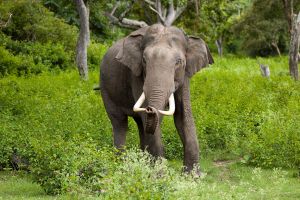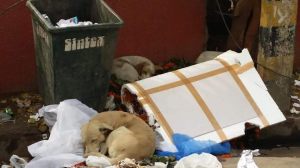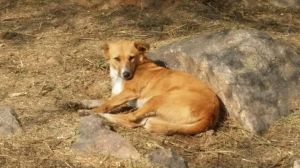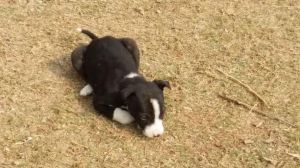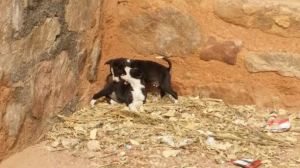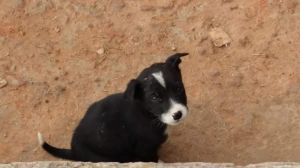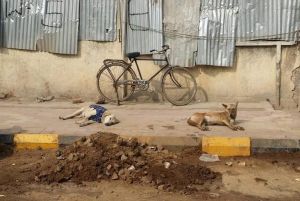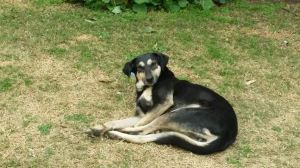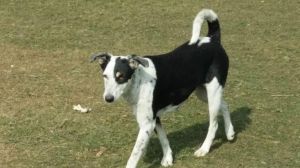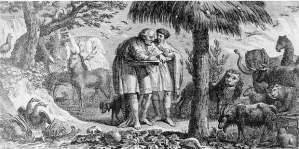On January 12, as I boarded my Malaysian Air flight to India, with a backpack full of gorillas and butterflies,the stewardess informed me that I was seated in a particular position in the aircraft, which meant that in the unlikely event of a crisis, I would be solely responsible for releasing the Emergency Lever. About an hour after having this responsibility bestowed upon me, I was out-witted by the latch on my tray-table.  48 hours later I was traipsing the streets of New Delhi, considerably under-dressed for the Winter that the Bureau of Meteorology had fore-warned me about. Of course, I chose to ignore this advice based on my previous experience in India, a Summer Wedding, at which I narrowly avoided heat induced spontaneous combustion. Community Announcement: New Delhi winters are Arctic. Subsequently, my first night in India was spent wandering around the streets asking locals if they knew where I could buy a hot water bottle and a woolen hat. Mission accomplished.Needless to say, the next morning I awoke in my hostel room, snug as a bug in a hessian rug. A snug bug awoken from a curry induced coma by the dulcet tones of Australian back-packers. My first day in India culminated in a blessing by a Monkey God, a most unexpected turn of events. It is the unexpected, that makes India, incredible. Unexpected, on this occasion because I am terrible at reading maps. I strolled confidently ‘North-East’ towards my destination of culinary delights, only to be informed by Hanuman, the monkey God, that I was in fact headed ‘North-West’. And not a single sweetie-treatie in sight. Twarthed. Seeing the disappointment on my face, he gave me a blessing, and sent me on my way.
48 hours later I was traipsing the streets of New Delhi, considerably under-dressed for the Winter that the Bureau of Meteorology had fore-warned me about. Of course, I chose to ignore this advice based on my previous experience in India, a Summer Wedding, at which I narrowly avoided heat induced spontaneous combustion. Community Announcement: New Delhi winters are Arctic. Subsequently, my first night in India was spent wandering around the streets asking locals if they knew where I could buy a hot water bottle and a woolen hat. Mission accomplished.Needless to say, the next morning I awoke in my hostel room, snug as a bug in a hessian rug. A snug bug awoken from a curry induced coma by the dulcet tones of Australian back-packers. My first day in India culminated in a blessing by a Monkey God, a most unexpected turn of events. It is the unexpected, that makes India, incredible. Unexpected, on this occasion because I am terrible at reading maps. I strolled confidently ‘North-East’ towards my destination of culinary delights, only to be informed by Hanuman, the monkey God, that I was in fact headed ‘North-West’. And not a single sweetie-treatie in sight. Twarthed. Seeing the disappointment on my face, he gave me a blessing, and sent me on my way.  The primatologist in me adores India. Primates-a-plenty, a Monkey God, Monkey Temples. Monkeys.Monkeys.Monkeys. Having said that, my one pang of regret that lingers from my MAC3 experience, is that I did not spot a single monkey in New Delhi. In 2011, during my last visit, monkeys were everywhere throughout the city. This mystery was solved a few days after I returned to Australia.
The primatologist in me adores India. Primates-a-plenty, a Monkey God, Monkey Temples. Monkeys.Monkeys.Monkeys. Having said that, my one pang of regret that lingers from my MAC3 experience, is that I did not spot a single monkey in New Delhi. In 2011, during my last visit, monkeys were everywhere throughout the city. This mystery was solved a few days after I returned to Australia.
Apparently, while we were all immersed in MAC3, Indian authorities were busily curbing the ‘activities of India’s animals’, in preparation for the US president’s January visit, so as to ensure that a monkey did not slip into Obama’s bed. Curbing Activities (*read, using sling-shots to scare monkeys away), also included authorities stashing food in forests away from the city to lure monkeys back into forested areas.
January 13 2015
On the first day of MAC3, we attended a Baha’i interfaith program at the Lotus Temple (basically the Sydney Opera House on acid). There we listened to a Rabbi, Buddhist, Sikh, Hindu, and Jainist discuss the role of religion in the world’s treatment of animals. It was a very unique experience and an important conversation to be had in India, where humans and animals have such an enmeshed co-existence. 
 There have already been some wonderful accounts of MAC3, which you can find here:
There have already been some wonderful accounts of MAC3, which you can find here:
MAC3 was my first Minding Animals conference. Although I have been researching, studying and working alongside humans and animals for 15 years, I am relatively new to the field of Human-Animals Studies. Over the week we were together in New Delhi, I found myself madly writing down people’s words. Words create context. Words can move people to act. Words are powerful. Given that there are already terrific posts on the MAC3 experience, in this post, I take the liberty of sharing the words that struck me amidst a flurry of scribbling down with one hand, and live-tweeting with the other.
Christian Faith Fr. Dr. MD Thomas (Director of Institute of Harmony and Peace studies, New Delhi
“It is an irresponsibility to allow animals to be orphans”  Photo: Julia Cumes: https://www.thedodo.com/community/JuliaCumes/the-story-behind-an-orphan-ele-879151945.html
Photo: Julia Cumes: https://www.thedodo.com/community/JuliaCumes/the-story-behind-an-orphan-ele-879151945.html
“In this age of consumerism, we humans want beyond what we already have. A lion who has made a kill will not be attacking anyone”.
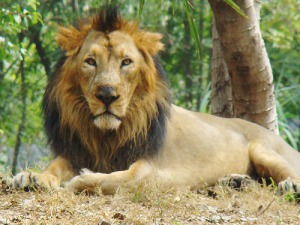 “We as humans, learn from animals”
“We as humans, learn from animals”
Andy Thomas shared the following story, in answering the question, ‘How do we, as humans, learn from animals?‘:
“ One day I was sitting in my home and I noticed that a sparrow couple were attempting to build a nest in the eaves of the roof. The grass that they were carrying up to make the nest kept falling back to the ground. I watched as they persisted. One bird would carry the grass up to the roof, it would fall, and the other bird would immediately fly to the ground, retrieve it and carry it back up. This went on for hours. I decided to help the birds and I took some wire and built a little ledge for them to build their nest upon. Eventually they laid eggs, and baby birds hatched. As I sat and drank my tea in the morning, the birds would sit and sing a song. It was as though they were bursting with thanks and gratitude and expressed it in a way they only knew how- in song”.
From this story, Mr Thomas said that he had taken note of 3 ways that humans can learn from sparrows:
1. Hard work: Persist and keep working hard until a job is done.
2. Collaboration: Instead of competing with one another, work together to get the job done.
3. Express gratefulness: Sing a song of gratitude each morning.

 “White-browed Sparrow-weaver Nests”. Licensed under CC BY 2.5 via Wikimedia Commons – http://commons.wikimedia.org/wiki/File:White-browed_Sparrow-weaver_Nests.jpg#mediaviewer/File:White-browed_Sparrow-weaver_Nests.jpg
“White-browed Sparrow-weaver Nests”. Licensed under CC BY 2.5 via Wikimedia Commons – http://commons.wikimedia.org/wiki/File:White-browed_Sparrow-weaver_Nests.jpg#mediaviewer/File:White-browed_Sparrow-weaver_Nests.jpg
Acharya Dr. Ravindra Nagar, Hinduism, Laxmi Narayan Temple, New Delhi.
“Look to the elephants. Look to Ganesha: Big ears. We humans need to listen more, and talk less”
Jainist, Acharya Kastur Munjii , Jain Monk, Acharya Muni Sushil Sushil Ashram, New Delhi.
“We all have powers and it simply depends on how we choose to use them. We can either do good, or do harm”. “As humans, we have 3 strengths:
1. Heart (Compassion- have good thoughts),
2. Tongue (speak- speak good things),
3. Physical strength: Use our strength for good, not harm.”
“ We must hold a mirror up to ourselves, to our lives” 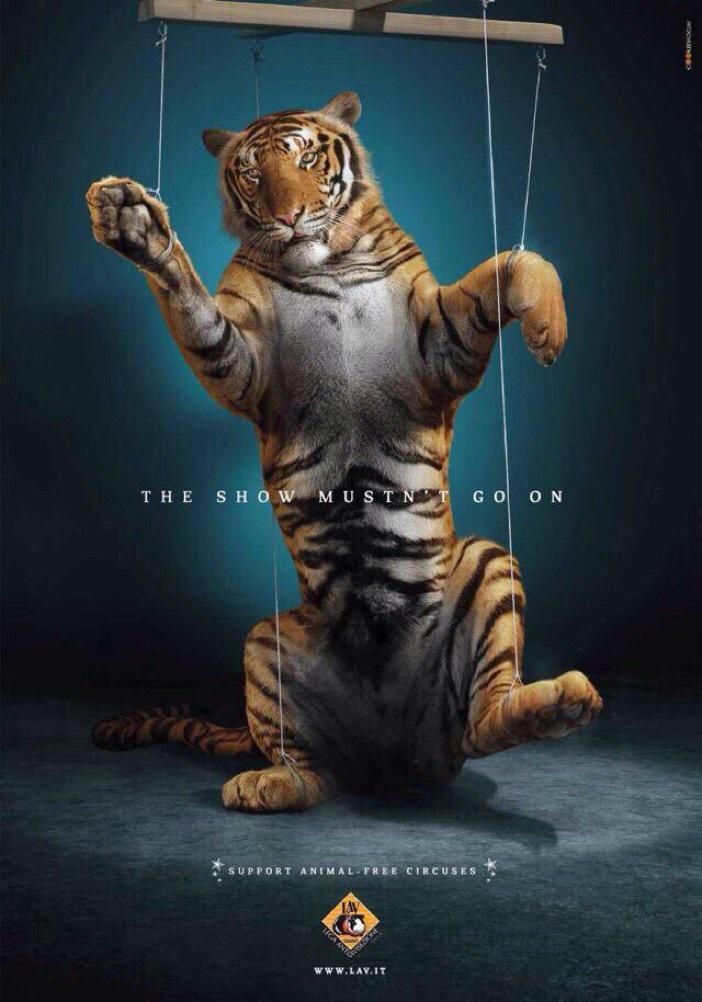
In closing the pre-conference interfaith service, Kim Stallwood said: ” We find ourselves, in helping others”.
Whatever our motivation is, for most of us, animals and our relationship to them, define us and how we choose to live in the world we move in.
January 14 2015 Plenary Minister: Shri. Prakash Javadekar, the Hon.Minister of Environment, Forests and Climate Change., Government of India.
“ We must stroll with our animal kin, not walk away from them”.
 (Photograph: David Lazar)
(Photograph: David Lazar)
January 14 2015 Plenary: Jill Robinson, Animals Asia
” Oliver was our broken bear”.
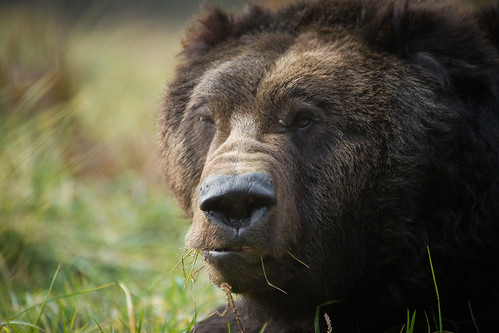 Jill remembered Oliver, the bear who survived in a cage for 30 years. Oliver was forced to wear a full metal jacket. In describing him as their ‘broken bear’, Jill explained that Oliver’s head was larger than it should have been and his legs shorter than those of other bears. After 4 years at the sanctuary, Oliver was euthanised in November 2014. I found myself holding my breath as we watched the footage of Oliver before he was rescued from the crush cages. Jill remembered Oliver beautifully and I was struck by her strength and composure as she shared his story, and reminded us why he mattered so much. https://www.animalsasia.org/au/media/news/news-archive/rip-oliver-%E2%80%93-the-bear-who-inspired-a-movement.html
Jill remembered Oliver, the bear who survived in a cage for 30 years. Oliver was forced to wear a full metal jacket. In describing him as their ‘broken bear’, Jill explained that Oliver’s head was larger than it should have been and his legs shorter than those of other bears. After 4 years at the sanctuary, Oliver was euthanised in November 2014. I found myself holding my breath as we watched the footage of Oliver before he was rescued from the crush cages. Jill remembered Oliver beautifully and I was struck by her strength and composure as she shared his story, and reminded us why he mattered so much. https://www.animalsasia.org/au/media/news/news-archive/rip-oliver-%E2%80%93-the-bear-who-inspired-a-movement.html
January 15 2015 Lori Gruen- Marti Kheel memorial lecture
“How do we understand the animal’s perspective? How do animals feel about their relationship with us?”
” Focusing purely on ‘sameness’ is anthropomorphic.”
” Empathy is a form of narcissism, what we think is happening for the animal. What we think is best for the animal, is based on our own interpretation and projection”. 
Mark Tonnessen: What is animal agency?
“ Needs, desires, and preferences of animals: we have a responsibility to consider these”.
Vivek Menon Homecoming screening: The Loved One.
” Making an invisible whale visible, from under the depths of the sea, into plain sight and consciousness”
“ This is a Social, Personal, and Cultural experience. The only way conservation can work”.
 The ‘Loved One’ Whale Mascot that graced us at MAC3. Source: HumanEnoughBlog.
The ‘Loved One’ Whale Mascot that graced us at MAC3. Source: HumanEnoughBlog.
January 16 2015
Will Kymlicka: Animal Rights and Sentience
” Animal Rights tells us what we shouldn’t do, but it does not tell us how we should relate to animals”
“As a society we have trouble imagining the ‘lives of animals’, that they should be able to choose. Animals need to have choice about how they live their lives”.
“Some animals, given the choice, would want more to do with us, and others would want less and less”
 Source:Unknown
Source:Unknown
Shubhobroto Ghosh, Zoos: Preserves or Prisons?
“Animals do not just suffer, they know they are suffering. So why is there still such a disconnect?”
“A new relational order in a capitalist society. The metabolism of the natural laws of life itself, the capitalist drive alienates humans from nature”.
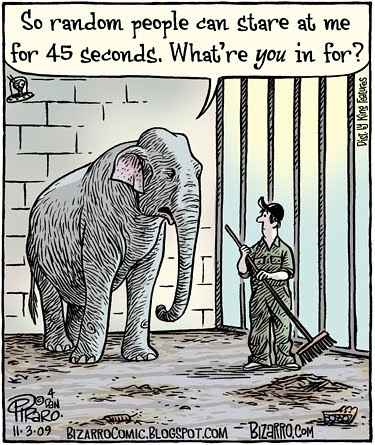 January 18 2015
January 18 2015
The past, present and future of Animal Activism in Australia Panel Discussion:
“What is the single greatest threat to Animal Activism?”
Panel Members: Siobhan O’Sullivan, Christine Townend, Yvette Watt, Naty Guerrero Diaz, and Rod Bennison
Yvette Watt: ” We need to find a way not to be squashed by government intention to oppress the animal protection movement”.
Rod Bennison: “Climate Change is our greatest threat”
Christine Townend: ” Saturation capitalism and exploitation”
Naty Guerrero Diaz: ” The tendency to arrive at animal issues without further action”
Siobhan O’Sullivan: ” We need to continue to bear witness to the way animals live and die”
The Many Dogs of India
A blog post on MAC3 would not be complete without remembering the many doggy faces we met during the conference and throughout our travels in New Delhi. Here are just a few:
I am looking forward to immersing myself in all things Human-Animal Studies again in July when The Australian Centre and the Human Rights and Animal Ethics Research Network (HRAE) present the 6th Biennial Conference of the Australian Animals Studies Group at the University of Melbourne from July 12-15, 2015.
http://australian-centre.unimelb.edu.au/event/animal-publics-emotions-empathy-activism-conference
Links:
Minding Animals: http://mindinganimals.com/
HRAE: http://humananimal.arts.unimelb.edu.au/about-hrae
Human Animal Research Network (HARN): http://sydney.edu.au/arts/research/harn/
Australian Animal Studies Group (AASG) http://animalstudies.org.au/




